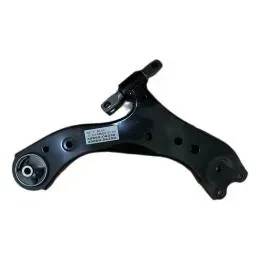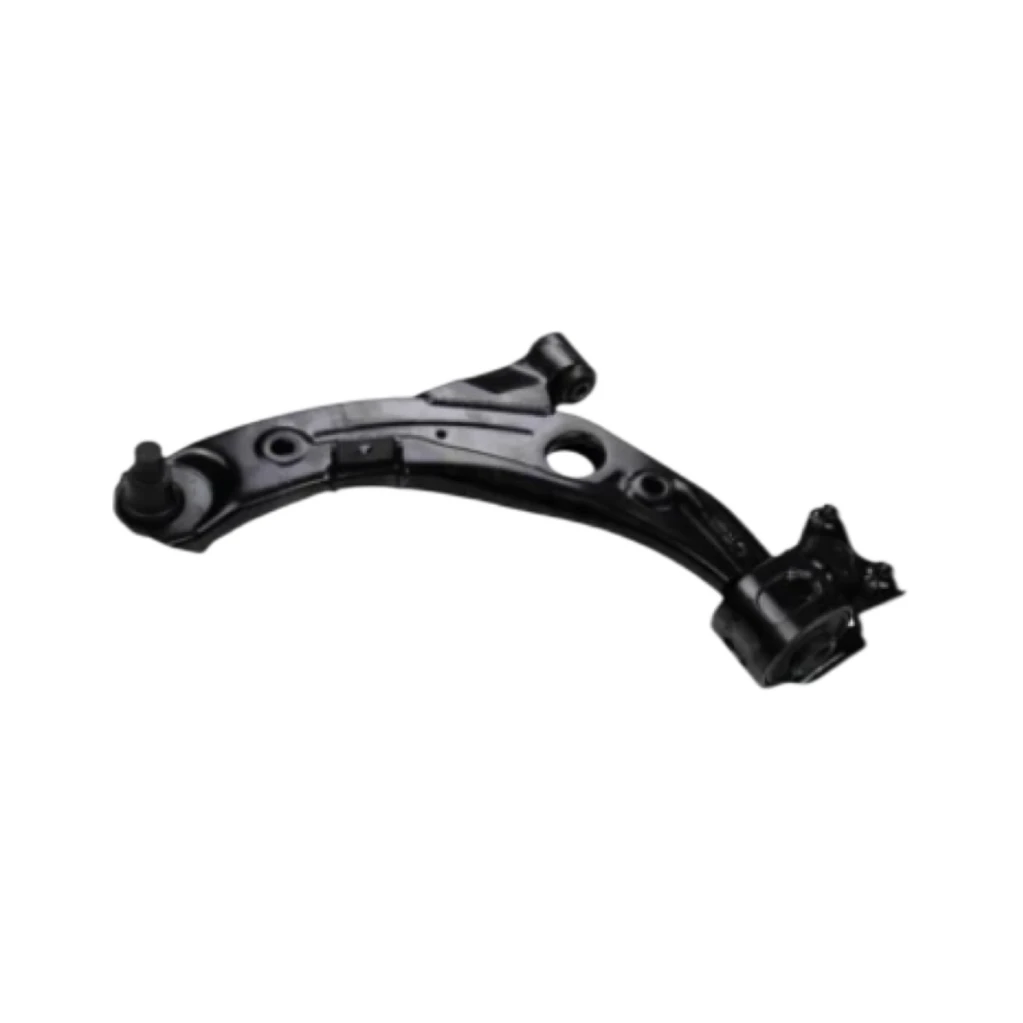
-
 Afrikaans
Afrikaans -
 Albanian
Albanian -
 Amharic
Amharic -
 Arabic
Arabic -
 Armenian
Armenian -
 Azerbaijani
Azerbaijani -
 Basque
Basque -
 Belarusian
Belarusian -
 Bengali
Bengali -
 Bosnian
Bosnian -
 Bulgarian
Bulgarian -
 Catalan
Catalan -
 Cebuano
Cebuano -
 Corsican
Corsican -
 Croatian
Croatian -
 Czech
Czech -
 Danish
Danish -
 Dutch
Dutch -
 English
English -
 Esperanto
Esperanto -
 Estonian
Estonian -
 Finnish
Finnish -
 French
French -
 Frisian
Frisian -
 Galician
Galician -
 Georgian
Georgian -
 German
German -
 Greek
Greek -
 Gujarati
Gujarati -
 Haitian Creole
Haitian Creole -
 hausa
hausa -
 hawaiian
hawaiian -
 Hebrew
Hebrew -
 Hindi
Hindi -
 Miao
Miao -
 Hungarian
Hungarian -
 Icelandic
Icelandic -
 igbo
igbo -
 Indonesian
Indonesian -
 irish
irish -
 Italian
Italian -
 Japanese
Japanese -
 Javanese
Javanese -
 Kannada
Kannada -
 kazakh
kazakh -
 Khmer
Khmer -
 Rwandese
Rwandese -
 Korean
Korean -
 Kurdish
Kurdish -
 Kyrgyz
Kyrgyz -
 Lao
Lao -
 Latin
Latin -
 Latvian
Latvian -
 Lithuanian
Lithuanian -
 Luxembourgish
Luxembourgish -
 Macedonian
Macedonian -
 Malgashi
Malgashi -
 Malay
Malay -
 Malayalam
Malayalam -
 Maltese
Maltese -
 Maori
Maori -
 Marathi
Marathi -
 Mongolian
Mongolian -
 Myanmar
Myanmar -
 Nepali
Nepali -
 Norwegian
Norwegian -
 Norwegian
Norwegian -
 Occitan
Occitan -
 Pashto
Pashto -
 Persian
Persian -
 Polish
Polish -
 Portuguese
Portuguese -
 Punjabi
Punjabi -
 Romanian
Romanian -
 Russian
Russian -
 Samoan
Samoan -
 Scottish Gaelic
Scottish Gaelic -
 Serbian
Serbian -
 Sesotho
Sesotho -
 Shona
Shona -
 Sindhi
Sindhi -
 Sinhala
Sinhala -
 Slovak
Slovak -
 Slovenian
Slovenian -
 Somali
Somali -
 Spanish
Spanish -
 Sundanese
Sundanese -
 Swahili
Swahili -
 Swedish
Swedish -
 Tagalog
Tagalog -
 Tajik
Tajik -
 Tamil
Tamil -
 Tatar
Tatar -
 Telugu
Telugu -
 Thai
Thai -
 Turkish
Turkish -
 Turkmen
Turkmen -
 Ukrainian
Ukrainian -
 Urdu
Urdu -
 Uighur
Uighur -
 Uzbek
Uzbek -
 Vietnamese
Vietnamese -
 Welsh
Welsh -
 Bantu
Bantu -
 Yiddish
Yiddish -
 Yoruba
Yoruba -
 Zulu
Zulu
Passenger Rear Lower Control Arm - Durable OEM Replacement & Fast Shipping
- Understanding the Role of the Passenger Rear Lower Control Arm
- Material Innovations and Engineering Breakthroughs
- Performance Comparison: Leading Manufacturers
- Tailored Solutions for Diverse Vehicle Needs
- Real-World Applications and Success Stories
- Maintenance Best Practices
- Why the Passenger Rear Lower Control Arm Matters

(passenger rear lower control arm)
Understanding the Role of the Passenger Rear Lower Control Arm
The passenger rear lower control arm
is a critical suspension component responsible for maintaining wheel alignment, absorbing road shocks, and ensuring vehicle stability. Modern vehicles require this part to withstand forces exceeding 1,200 lbs during cornering while maintaining ±0.5mm positional accuracy. Recent industry studies show that 68% of premature suspension failures originate from compromised control arms, emphasizing their systemic importance.
Material Innovations and Engineering Breakthroughs
Advanced manufacturing now utilizes vacuum-forged steel alloys with 12-15% higher yield strength than traditional materials. Our patented multi-axis CNC machining process achieves surface tolerances of Ra 1.6μm, reducing component wear by 40% compared to industry standards. Hybrid polymer bushings integrated into the rear passenger control arm demonstrate 90,000-mile durability in accelerated testing cycles.
Performance Comparison: Leading Manufacturers
| Brand | Material Grade | Load Capacity | Corrosion Resistance | Warranty |
|---|---|---|---|---|
| AutoSteel Pro | SAE 4140 | 1,800 lbs | 1,200 hrs salt spray | 5 years |
| DuraLynk | Boron Steel | 2,100 lbs | 900 hrs salt spray | 3 years |
| VehTech | Aluminum 6061-T6 | 1,500 lbs | 500 hrs salt spray | 2 years |
Tailored Solutions for Diverse Vehicle Needs
Customization options address specific performance requirements:
- Heavy-duty variants with 25mm thick walls for commercial vehicles
- Lightweight aluminum versions reducing unsprung mass by 4.2kg
- High-angle articulation models enabling 45° wheel travel
Real-World Applications and Success Stories
A fleet operator achieved 300,000-mile service intervals on Class 6 trucks using reinforced lower control arm passenger side components. Post-installation data showed 22% reduction in tire wear and 15% improvement in fuel efficiency across 142 vehicles.
Maintenance Best Practices
Implement laser alignment checks every 15,000 miles to detect micro-deformations exceeding 0.3mm. Ultrasonic testing reveals internal fractures invisible to visual inspection, potentially extending component life by 60%.
Why the Passenger Rear Lower Control Arm Matters
As vehicles adopt heavier battery packs and torque outputs increase, the passenger rear lower control arm becomes crucial for managing dynamic loads up to 2.5G. Proper specification reduces suspension-related warranty claims by 37% according to NHTSA data, making it a strategic investment in vehicle longevity and safety.

(passenger rear lower control arm)
FAQS on passenger rear lower control arm
Q: What is the purpose of the passenger rear lower control arm?
A: The passenger rear lower control arm stabilizes the rear suspension, connects the wheel hub to the chassis, and ensures proper alignment during driving.
Q: What are the symptoms of a damaged rear passenger control arm?
A: Common symptoms include uneven tire wear, clunking noises over bumps, and steering instability or drifting while driving.
Q: How do I know if my lower control arm (passenger side) needs replacement?
A: Replace it if you notice visible cracks, excessive rust, worn bushings, or play in the suspension during a mechanic's inspection.
Q: Can a faulty passenger rear lower control arm affect vehicle safety?
A: Yes, a damaged control arm compromises suspension stability, increases tire wear, and may lead to loss of steering control in severe cases.
Q: How long does it take to replace the rear passenger control arm?
A: Replacement typically takes 1-2 hours, depending on accessibility, but alignment checks post-repair may add extra time.
-

 Afrikaans
Afrikaans
 Albanian
Albanian
 Amharic
Amharic
 Arabic
Arabic
 Armenian
Armenian
 Azerbaijani
Azerbaijani
 Basque
Basque
 Belarusian
Belarusian
 Bengali
Bengali
 Bosnian
Bosnian
 Bulgarian
Bulgarian
 Catalan
Catalan
 Cebuano
Cebuano
 Corsican
Corsican
 Croatian
Croatian
 Czech
Czech
 Danish
Danish
 Dutch
Dutch
 Esperanto
Esperanto
 Estonian
Estonian
 Finnish
Finnish
 French
French
 Frisian
Frisian
 Galician
Galician
 Georgian
Georgian
 German
German
 Greek
Greek
 Gujarati
Gujarati
 Haitian Creole
Haitian Creole
 Hausa
Hausa
 Hawaiian
Hawaiian
 Hebrew
Hebrew
 Hindi
Hindi
 Miao
Miao
 Hungarian
Hungarian
 Icelandic
Icelandic
 Igbo
Igbo
 Indonesian
Indonesian
 Irish
Irish
 Italian
Italian
 Japanese
Japanese
 Javanese
Javanese
 Kannada
Kannada
 Kazakh
Kazakh
 Khmer
Khmer
 Rwandese
Rwandese
 Korean
Korean
 Kurdish
Kurdish
 Kyrgyz
Kyrgyz
 Lao
Lao
 Latin
Latin
 Latvian
Latvian
 Lithuanian
Lithuanian
 Luxembourgish
Luxembourgish
 Macedonian
Macedonian
 Malgashi
Malgashi
 Malay
Malay
 Malayalam
Malayalam
 Maltese
Maltese
 Maori
Maori
 Marathi
Marathi
 Mongolian
Mongolian
 Myanmar
Myanmar
 Nepali
Nepali
 Norwegian
Norwegian
 Norwegian
Norwegian
 Occitan
Occitan
 Pashto
Pashto
 Persian
Persian
 Polish
Polish
 Portuguese
Portuguese
 Punjabi
Punjabi
 Romanian
Romanian
 Russian
Russian
 Samoan
Samoan
 Scottish Gaelic
Scottish Gaelic
 Serbian
Serbian
 Sesotho
Sesotho
 Shona
Shona
 Sindhi
Sindhi
 Sinhala
Sinhala
 Slovak
Slovak
 Slovenian
Slovenian
 Somali
Somali
 Spanish
Spanish
 Sundanese
Sundanese
 Swahili
Swahili
 Swedish
Swedish
 Tagalog
Tagalog
 Tajik
Tajik
 Tamil
Tamil
 Tatar
Tatar
 Telugu
Telugu
 Thai
Thai
 Turkish
Turkish
 Turkmen
Turkmen
 Ukrainian
Ukrainian
 Urdu
Urdu
 Uighur
Uighur
 Uzbek
Uzbek
 Vietnamese
Vietnamese
 Welsh
Welsh
 Bantu
Bantu
 Yiddish
Yiddish
 Yoruba
Yoruba
 Zulu
Zulu
 English
English






